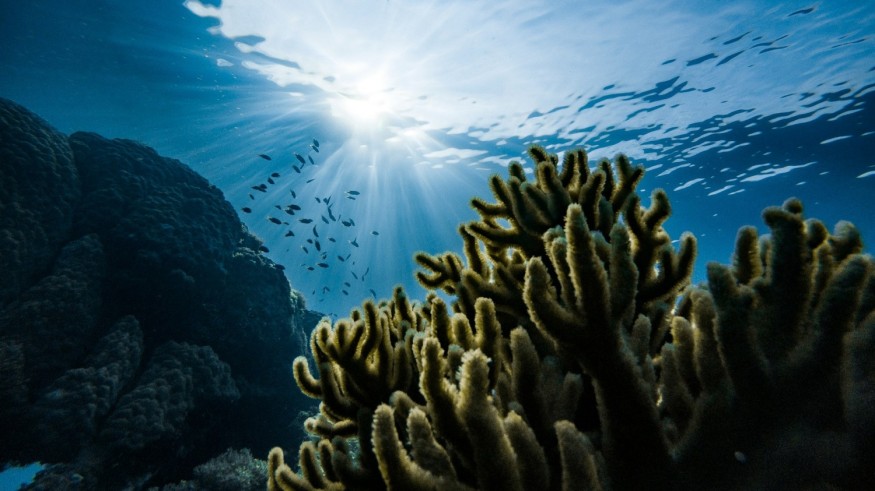Bottom trawling is a fishing practice that targets the seafloor to catch bottom-dwelling fish. It mainly uses a large fishing net to scoop and pull fish from the bottom of the sea, but not in the deep ocean. While the said method seems efficient in the fishing industry, there have been various criticisms towards bottom trawl fishing because of its potential to cause harm and destruction to marine life.
Over the past decade, several countries have banned bottom trawling in a portion of their marine territories or jurisdictions. Last month, the United Kingdom banned the notorious fishing practice in parts of its protected waters. The move aims to protect both marine animals and their natural habitats, which are damaged by bottom trawls while they are being dragged along the seafloor.
Earlier this week, Greece announced an initiative to end bottom trawling in its protected waters by the year 2030. The European nation also plans to expand its protected waters by creating two large marine parks, allowing fish and other marine life to thrive in secured areas. Despite these efforts, the ecosystem-damaging bottom trawling has not been completely banned by countries worldwide.
Greece to End Bottom Trawling

During an international conference in Athens, Greece's Prime Minister Kyriakos Mitsotaki stated that while the ocean has provided humans with source of life and livelihood, "we have not been kind to it in return." Prime Minister Mitsotaki also announced that Greece will ban bottom trawling in the country's national marine parks by the year 2026 and in all marine protected areas by the year 2030.
The announcement adds the Greek government will establish a "state-of-the-art surveillance system" that is powered by artificial intelligence, drones, and satellites. This system will allow local authorities to effectively patrol the protected areas by 2026. Furthermore, Mitsotaki mentioned his administration's plan to remove plastic debris in its waters by 50% and microplastic by 30% by 2030.
How Dangerous is Bottom Trawling?
Bottom trawling, as mentioned earlier, has been criticized by many not because of its purpose to catch seafood but the damage it causes to the marine environment. According to the United States Geological Survey (USGS), trawling destroys the natural seafloor habitat and all bottom-dwelling animals and plants are affected by the method the fishing net is dragged across the seafloor.
The USGS emphasized that the fishing practice can result in different types of seabed sediment such as sand, silt, or mud, leading to different ecological consequences. The threats posed by bottom trawling is also confirmed by science as previous research has shown that not only it harm the ocean's flora and fauna but also fuels climate change and global warming.
According to a January 2024 study published in the journal Frontiers in Marine Science, bottom trawling is responsible for bringing up to 370 million metric tons of carbon dioxide into the atmosphere each year. This makes the fishing method destructive for both marine life and the climate, according to researchers.
© 2026 NatureWorldNews.com All rights reserved. Do not reproduce without permission.





